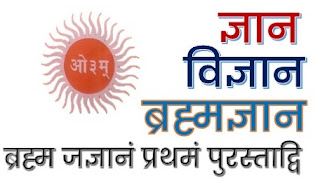2 Since these two extremes are the result of mental conditioning and development, it is said that the mind is responsible for the states of bondage and of liberation arising from the two types of deeds. Merit frees one from bondage; demerit adds to one’s bondage. Bondage and liberation are two end results of two diametrically opposite states of mind. We know something by the results it brings. What is the result or fruit of the above two types of mind? It is Bondage or Liberation.
3 The state of bondage is the end result of a mind attached to sense objects. This means a mind which is filled with desires. From verse 1, this means an impure mind. The impure, desire-ridden mind leads us further and further into the deep pit of sorrowful worldly existence from which there appears to be no chance of escaping. Hence it is called bondage, a kind of self-imposed imprisonment
4 The state of liberation is the end result of a mind devoid of desire for objects. This means a mind which is desireless. And from verse 1, this means a pure mind. The pure, desireless mind leads us further and further towards our real inner being, the Self. This is the opposite direction of the above route into bondage. It is the only “escape route” available to lead us out of bondage and into freedom.
Lesson on Attachment Attachment is a mental ‘glue’ that makes the mind stick to sense objects. It makes the mind go on repeating to itself thoughts about the objects it desires, until eventually that thought becomes so strong that it forces us to satisfy it. In this way, from the very outset, this beautiful Upanishad immediately throws light on the two major influences on our life:
i) The Bondage Chain: DESIRE → IMPURITY → UNRIGHTEOUSNESS → MERIT/DEMERIT → BONDAGE. ii) The Liberation Chain: DESIRELESSNESS → PURITY → RIGHTEOUSNESS → BEYOND MERIT → LIBERATION. As seekers we are, of course, really interested in the Pure Mind. That is what we focus on in the next verse . . .















.jpeg)
.jpeg)
.jpeg)
.jpeg)
0 Comments